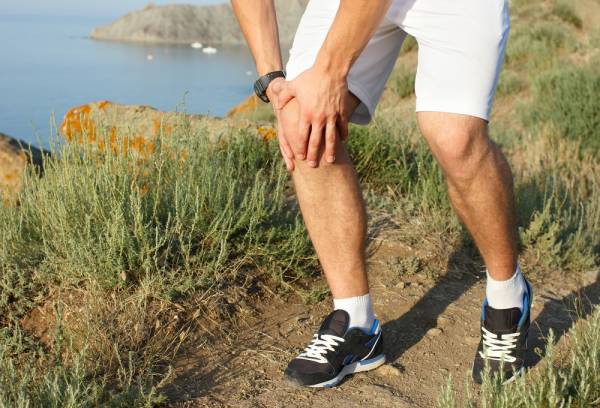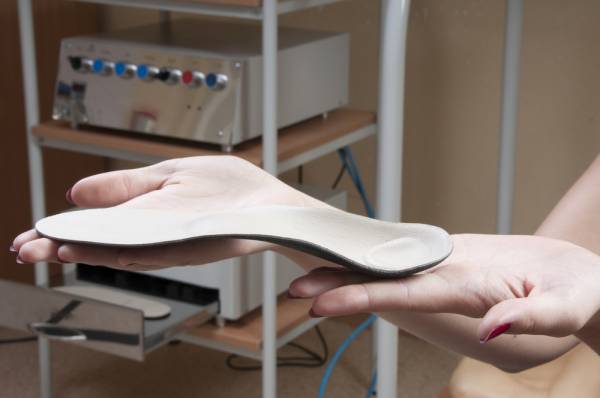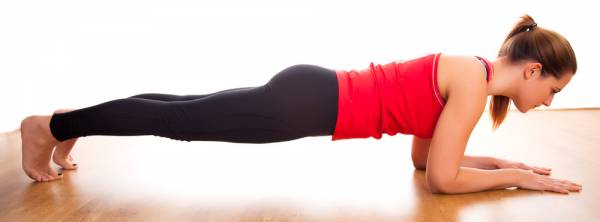Rest Is the Best Medicine
This point has somehow become controversial in the past, but it really need not be. It is an old belief that when you are injured you need to rest, both yourself and the injury. Now, I’m not telling you to go and train through pain. No, that is different. But I am telling you that you need to get off your butt and continue training, exercising, and moving.
Undoubtedly, what your training looks like will change depending on your injury. You will have to modify some exercises, while taking out others all together. You will have to add some more injury-specific rehabilitative exercises. But you need to keep up with your regular activities, to keep you both physically and mentally on track, to keep working towards your goals, and to rehabilitate.
Yes, to rehabilitate. You see, exercise actually promotes tissue healing. Tissues need to be loaded in order for them to get stronger and to be able to withstand loads imposed on them on a day-to-day basis. Resting, on the other hand, causes a decrease in the loading of the tissues, which can cause the tissues to actually get smaller and lose strength, exactly the opposite effect of what we want.
The key is loading your injury properly. Too much, too soon can be a problem, as can too little for too long. This is why it’s best to work with a professional who can push you when you need a push, and slow you down if you need to be slowed.
No Pain, No Gain
The old saying, no pain, no gain, isn’t always true. As a therapist who does primarily manual, hands-on therapy including things like soft-tissue release (otherwise known as Active Release), I always tell my clients it might hurt a bit. Stripping muscles doesn’t usually feel good at the time, but the results are pretty incredible, making those moments of discomfort totally worth it. So yes, in this situation, maybe some pain does lead to gain.
But this situation isn’t the norm – it’s the anomaly. There is a reason we feel pain. Pain is our body’s way of warning us. Warning us that there is a problem and that something isn’t right. Push through the pain and you will simply exacerbate the problem, likely leading yourself right to an injury that will sideline you from your training. Doesn’t seem like a gain, does it?
Further then that, training through pain changes the way your body moves and functions. It alters your motor patterns, causing them to become dysfunctional. Do that once or twice, no big deal. Do it continuously, and then you’ve developed a dysfunctional way of moving that will lead to further pain and injury down the road.

One of my clients and I have a way of measuring pain. When she is training we distinguish between pain and pain-pain. For us, pain is just the exhaustion of hard work. The muscle fatigue, soreness, and feeling that you just can’t go on anymore. This pain is acceptable. Sought after even. But pain-pain, that is the bad kind. That is pain that causes hurt and dysfunction. Pain that signals to us that it is time to correct something. Pain that warns us.
You Need to Stretch More
I hear this all of the time when people come see me for the first time. “I know. I really need to stretch more,” they say. “I’m not that flexible and that’s why I got hurt.”
Now, I’m not saying that stretching isn’t important, but there is more to it. A lot of the time when I see clients who have tight muscles, it is because these muscles are doing more work then they should be, taking up the slack of some underactive muscles. Or, alternatively, muscles simple feel tight when they are actually lengthened and weakened. You see, your body tries to protect the muscle from lengthening any more, so it gives you a sensation of tightness to help avoid pulls and strains.
So stretch away, guys, but until you fix the root cause of the problem – those underactive muscles or those lengthened and weak muscles – your tight muscles are just going to keep getting tighter. You have to fix the cause of the problem. Muscles are tight for a reason. Sure, stretching is important, but that can’t be all you do to fix your injury. You need to strengthen. Address the real issue at hand.
Orthotics Will Cure You
Orthotics will not cure you. In fact, for most of you they will only make things worse (there is a very, very small percentage of orthotics wearers that actually need them).
Yes, I said they will make things worse. When people come in to our clinic or training studio who wear orthotics, we always see the following: they are weak, have some serious mobility restrictions going on, and have some serious soft tissue tightness happening.

Why? Because the orthotics change the way you move, not allowing proper motor patterning or proper muscle activation to take place. This is explained well by Dr. Nigg, founder of the University of Calgary’s Human Performance Lab who studies running shoes and orthotics. According to Nigg, your body has to work much harder for the same movement while wearing orthotics, meaning you are much more inefficient. In addition, Nigg said wearing orthotics increases the stress on your joints by almost 50%, while actually leading you to lose muscle strength. Why would you want this?
And I know what most people will say to rebut this point: “But I have flat feet. I need orthotics.” But do you, really? Dr. Nigg explained that arches are an evolutionary remnant, needed by primates who needed to grip trees with their feet. “Since we don’t do that anymore, we don’t really need an arch,” he said. “Why would we? For landing – no need. For the stance phase – no need. For the takeoff phase – no need. Thus, a flat foot is not something that is bad per se.”
Orthotics may have an immediate benefit, but you are swapping short-term gain for long-term pain. They are not the cure you are looking for.
You’re Strong, So That Means You Won’t Get Hurt
Strength is important, no doubt about it. And yes, lacking strength or having muscle imbalances is definitely a risk factor for developing injuries, both traumatic and overuse. But just because you’re strong doesn’t make you injury resilient.
I’m going to use back pain as an example. Many people who suffer from back pain are incredibly strong. Even in the core. They can do hanging leg raises with ease or take an ab wheel from a standing position until their nose is touching the ground, but somehow they still have back pain. That is because though they have strength, they lack something imperative – endurance.
When it comes to our back, our muscles have to be able withstand low loads over a long period of time in order to maintain stability. Muscle strength doesn’t help us here. We need to be able to maintain contractions over longer periods of time. And you’d be amazed at the number of incredibly strong individuals who have a complete lack of muscle endurance. So remember, strong doesn’t equal injury free.
As a checkpoint, leading back expert Dr. Stuart McGill said that in order to decrease the risk of having back pain you should be able to have the muscular endurance to hold a front plank for two minutes. Try it out – can you make it the full two minutes?

Your Shoulder Hurts, So It Must be a Shoulder Problem
This point can be hard to understand sometimes. What if I told you that I have fixed someone’s shoulder by only treating and working on their opposite hip? Seems crazy, doesn’t it?
Well, the truth is your body does not work in isolation. Your muscles all work together to create movements, and when they move dysfunctionally, it alters the way your entire body moves. This means a problem in one place can actually lead to pain elsewhere.
This is where seeking the help from a professional becomes important. Sometimes shoulder pain stems from a shoulder problem, but sometimes it doesn’t. Sometimes the site of pain is nowhere close to the source of the problem. And until you discover the true problem, you will never successfully rehabilitate your injury.
You Can Do It Alone
I will make this last point short and sweet. You need help. Everyone needs a coach, and you are no exception. When you are injured you need to work with a professional who knows what they are talking about and can help to both treat your injury and guide you through your training to speed up your recovery.
References:
1. Kahn, K. & Scott, A. “Mechanotherapy: how physical therapists’ prescription of exercise promotes tissue repair.” British Journal of Sports Medicine 43 (2009): 247-252.
2. Kolata, G.. “Close Look at Orthotics Raises a Welter of Doubts.” The New York Times. January 17, 2011.
3. Tishya, A., Wren, L. Beaupre, G., Carter, D. “Tendon and ligament adaptation to exercise, immobilization, and remobilization.” Journal of Rehabilitative Research and Development 37 (2000): 217-224.
Photos courtesy of Shutterstock.






